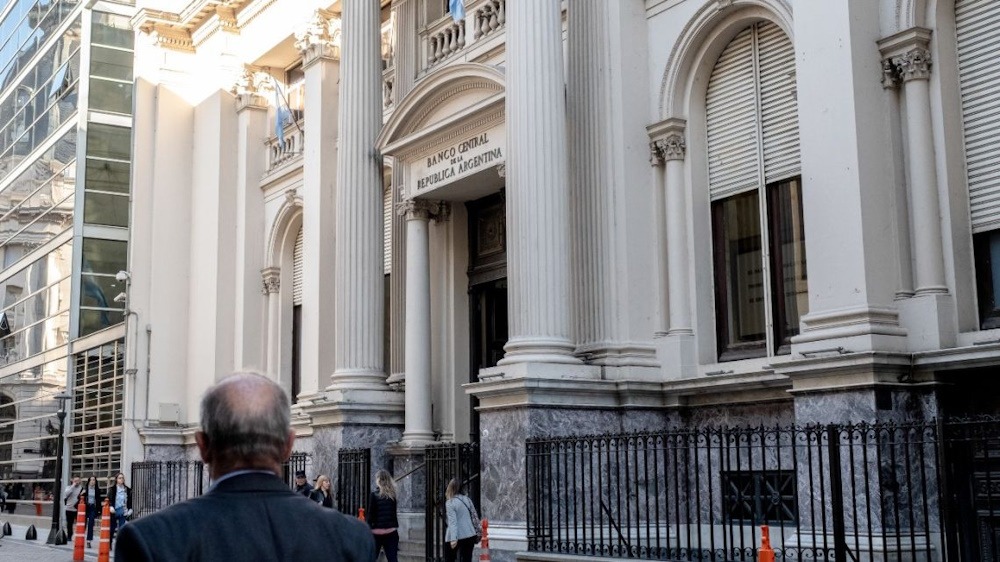This week’s Central Bank data reveals that the United States Treasury has divested the pesos acquired prior to the mid-term elections, realizing a substantial profit, according to Argentine economists. If accurate, this would bolster the U.S. government’s position that it is not providing gratuitous financial assistance to Argentina. Nonetheless, it has raised concerns in both nations regarding the political ramifications of intervening in the valuation of a foreign currency. In anticipation of Argentina’s elections on October 26, the U.S. Treasury intervened by purchasing pesos to stabilize the currency and prevent a potential run. Economists inquired about the U.S. strategy regarding the pesos, and recent data from the Central Bank’s balance sheet reveals that the Treasury has already sold them. Analysts estimate that the U.S. has expended more than US$2 billion to support the peso, although this figure remains undisclosed. Argentine and US authorities also confirmed a US$20 billion currency swap last month, as part of a broader financial support package. When two governments reach an agreement on a currency swap, it does not constitute debt until one party or the other “activates” it. Analysts have indicated to the Herald that the U.S. seems to have either sold the pesos or converted them into a portion of the swap money, thus activating it. Both alternatives would yield a profit for the United States.
In these operations, it is recognized that the U.S. Treasury is not acquiring cash pesos; instead, it is engaging in the purchase of short-term government debt. The weekly balance sheet released on Wednesday indicated that, as of October 31, AR$2.75 trillion in peso-denominated securities had been removed since the prior week. Analysts contend that those were the securities issued by the Central Bank when it sold pesos to the U.S. amid the currency run. Neither the U.S. Treasury nor Argentina’s Central Bank has issued any official statements regarding the issue at hand. Pablo Moldovan informed the Herald that the balance sheet indicates “a series of movements suggesting that the [US Treasury’s] sale of dollars on the market was offset by the Central Bank taking on debt.” Moldovan indicated that the movements align with a two-stage debt operation, wherein the Argentine Central Bank issued a local-currency debt security to absorb the pesos purchased by the US Treasury, although details regarding the rates or maturity dates of this new security remain undisclosed. Subsequently, the U.S. Treasury seems to have either acquired an additional peso instrument from the Central Bank or reverted to dollars.
The first option appears more plausible, given that the Central Bank’s balance sheet indicated a growth of nearly 2.9 trillion pesos in the “Other liabilities” category during the week when the peso securities disappeared. Moldovan suggests that this may signify the activation of the currency swap between the U.S. and Argentina. Christian Buteler informed that the U.S. Treasury is expected to have “pocketed a profit” assured by Argentina’s Central Bank. The U.S. Treasury’s repurchase of dollars sold in the currency market would have led to a strengthening of the peso, resulting in a financial loss for the Treasury, as it would have been able to acquire fewer dollars with the pesos at hand. He posits that the new security issued by Argentina likely mitigated their exposure to that loss. Buteler also expressed concerns regarding the opacity of the operation. “These are all assumptions we make based on various documents presented by the Central Bank, because officially — and for me, that is perhaps the biggest mistake being made — there is no official information,” he stated.
Moldovan asserts that, given the nature of the new debt, the maneuver preceding the elections facilitated the “concealment” of a decline in net reserves. It also enabled Argentina to circumvent the stipulations of its agreement with the International Monetary Fund, which prohibits the sale of dollars beneath the upper limit of the currency band. He recognized that certain financial data might not have been disclosed owing to Argentina’s “extreme” economic circumstances at that time, yet he emphasized that the government ought to release the data now, as the “worst of the crisis is over. This is sensitive information for understanding the Central Bank’s current financial situation,” he stated.

